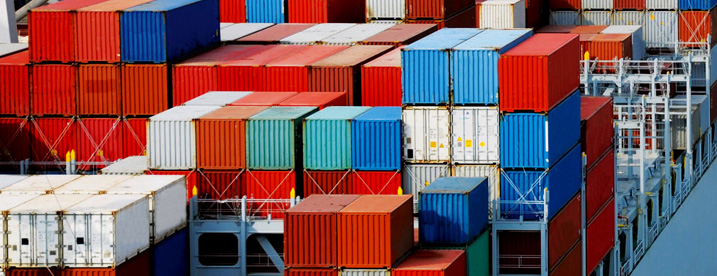
Are Bilateral Trade Statistics Unreliable?
By Dev Kar, September 30, 2009

Cross-posted from the Task Force on Financial Integrity and Economic Development blog
Illicit financial flows exit developing countries through two broad channels—as unrecorded capital flows from a country’s external accounts (captured by the World Bank Residual model) and trade mispricing (captured by the Direction of Trade statistics or DOTS model). GFI’s study Illicit Financial Flows from Developing Countries: 2002-2006 points out that some researchers have questioned the use of the trade mispricing model to capture illicit flows. They argue that data issues underlying the recording of partner country exports and imports introduce enough “noise” so that the trade mispricing model is unable to capture illicit flows. I was therefore not surprised to hear cynical remarks about the quality of bilateral trade statistics at a recent World Bank conference (Understanding the dynamics of the flows of illicit funds from developing countries, September 14-15). Here, I point out the reasons why most economists reject such arguments for not studying trade mispricing as a conduit for illicit financial flows from developing countries.
In a perfect statistical world, the exports of all countries must equal imports of other countries after adjusting for the cost of insurance and freight (known as c.i.f. factor) and other factors (such as exchange rate changes during transit, method of converting trade values to a common currency such as the U.S. dollar known as exchange conversion practices, etc.). As far as international trade is concerned, the world is a closed system so that there is an objective method of estimating the size of measurement errors related to bilateral trade statistics. If discrepancies between the exports and imports of all trading countries grossed up to the world are supposed to be zero in a perfect statistical world, it stands to reason that deviations away from zero would largely capture underlying statistical issues in measurement. According to the IMF which publishes the DOTS, (see page 141,Memorandum items, Balance of Payments Statistics Yearbook 2007, Parts 2 and 3), the goods balance (the discrepancies between exports and imports grossed up on a global scale) as a percent of “gross goods transactions” (meaning exports plus imports) fluctuated between 0.2 to 0.6 percent for the period 2002 to 2006 covered in our study. This is not an unacceptably high error term. However, the relatively small global trade discrepancy should not be interpreted to mean that there are no statistical problems in recording trade between individual countries. The global discrepancies simply indicate that there are no systematically large discrepancies between exports and imports that can cast suspicions on the data capturing trade flows between the world’s major trading blocs involving developed and developing countries. Large, systematic discrepancies between these major trading blocs would show up in the global discrepancies and there is just no evidence of that. Note that the goods balance used by the IMF to reflect statistical errors in recording, can be consistent with large two-way trade discrepancies between trading partners captured by the trade mispricing model. To illustrate, total world exports in 2006 amounted to US$11.978 trillion while total world imports totaled US$11.845 trillion, resulting in a balance of US$133 billion (rounded). This net position or balance can be consistent with any set of large discrepancies denoting export under-invoicing and import over-invoicing. A trade mispricing estimate of around $500 billion in 2006 in GFI’s study results from the addition of export under-invoicing and import over-invoicing, which can be mathematically consistent with a small goods balance of US$133 billion.
Generally speaking, there are methodological issues and related measurement errors in virtually all areas of economic statistics, not just those confined to international trade statistics. There is no reason to believe that data on international trade are any more problematic than say estimates of national accounts (used in numerous country studies and policy formulations), fiscal stocks and flows, or consumer and producer prices to name a few. Does this mean that economists should stop all research and policymakers should stop formulating policy because the data are not perfect? That would be absurd. Economists seldom have a perfect set of data to work with. Instead, as was done in GFI’s study, data limitations need to be addressed in various ways including the use of statistical and conditional filters.
Efforts to improve transparency require improving data availability and quality in specific data sets which can be overseen, managed, prioritized, and assisted by relevant international organizations which are well-placed for this task. In my opinion, that would be a good way to use the tax payers’ money which supports these organizations. There is really no alternative to statistical capacity building to increase the availability of high-quality data. The time is right for international organizations to push for improving transparency by expanding data availability and dissemination by member governments. Such a policy should at least improve the signals for an impending financial crisis even if we cannot entirely avoid one.
Cross-posted from the Task Force on Financial Integrity and Economic Development blog
